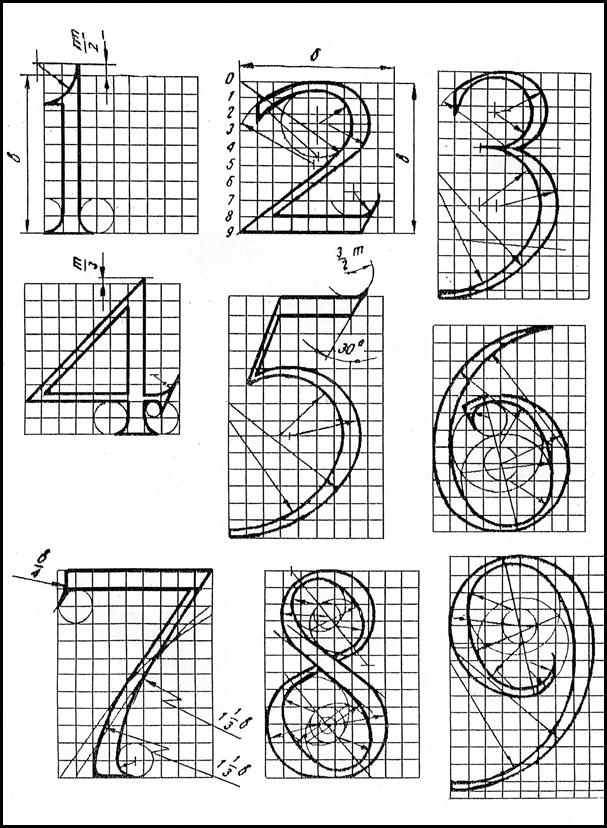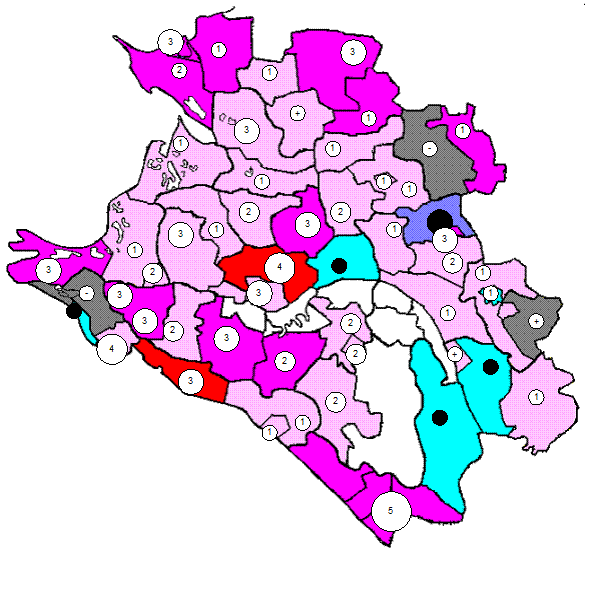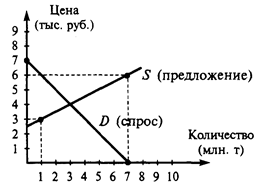Graph 2
The graph above clearly shows how capacitance depends on voltage and time. By formula which we used in Part A, Method 5:
The values of the capacitor’s capacitance which we made by ourselves is shown in Table 2. As it was described in the summary of Part A, the first value of the capacitance cannot be marked, because it have no Second value of the capacitor’s capacitance is Summary of the Part B
Below is different values of capacitance which I got in three methods by using the formula (theory capacitance): Theory capacitance: Method 1: Method 4: Method 5: Based on the values of capacitance below, the most effective way to find capacitance of capacitor without using multi-meter is Method 5. Errors which occurred in Method 1 were explained in “Summary of the Part A”.
Errors
Some errors occur during the experiment. First of all, error can be made because the timing is not accurate (which means we might be late or too early when pressing the start and stop button). Also, error happen because the video camera we use cannot captures all of the fast moving figures in the multi-meter. To improve this we can use special video camera which sets in sports mode (specialize to capture fast moving object) although we can use special program to set video in slow motion, so we could see figure movements more clearly. Secondly, when we measured the capacitance of the capacitor using method 4 we are not sure whether the contact between leads is good or not. To improve this error we could use another leads which have more contact. Thirdly, using multi-meter also add up the inaccuracy of the experiment. A multi-meter is a device to measure current, which means that a multi-meter have a resistor with a huge resistance inside it. As a result, we ended up adding additional resistance which took charge from capacitor, so our numbers was more inaccurate from what it should. Errors for Part B Method 1: The same errors which were in Part A and it is already described in “Summary of Part A”. Method 4: Method 4 has simple errors. They are: 1) Connection to multi-meter was not so good 2) Resistor of multi-meter could influence to results Method 5: One of the biggest errors it is
|



 , so the second value is approximately close to the “real” value of the capacitor’s capacitance. Keep in mind that we only have theory capacitance and all results will be based on it.
, so the second value is approximately close to the “real” value of the capacitor’s capacitance. Keep in mind that we only have theory capacitance and all results will be based on it. and the theory value is equal to
and the theory value is equal to  . The value of the “practice” and “theory” capacitance of the capacitor are very close to each other. An explanation for this depends on the errors that was made when the capacitor or resistance of resistor was enough to slow down the discharge of capacitor and as a result, charge didn’t went through the multi-meter, which have HUGE resistance.
. The value of the “practice” and “theory” capacitance of the capacitor are very close to each other. An explanation for this depends on the errors that was made when the capacitor or resistance of resistor was enough to slow down the discharge of capacitor and as a result, charge didn’t went through the multi-meter, which have HUGE resistance.



 of the capacitor, where
of the capacitor, where  . The distance between foils in some parts is bigger than that. As a result, value which we got as the theory is not real capacitance of the capacitor. To solve this problem we should make ideal capacitor where distance between foils will not be different, it is possible, but very hard and it will take a lot of time.
. The distance between foils in some parts is bigger than that. As a result, value which we got as the theory is not real capacitance of the capacitor. To solve this problem we should make ideal capacitor where distance between foils will not be different, it is possible, but very hard and it will take a lot of time.


